Two Weeks in Istanbul: A Journey Through Time and Culture
The city of Istanbul is a densely populated metropolis of over 16 million people. It is famously known as the city between two continents – Europe and Asia divided by the waterway known as the Bosporus Sea Strait. This is a Muslim city with the opportunity to explore and learn about its many ancient mosques, cultural landmarks and museums. There is a timeless charm to the city with its many bazaars, blue mosques, historic neighborhoods, and the daily chanting of the EZAN (call to prayer), both haunting and mysteriously charming. Truly a two-week journey through time and culture. Here is what I’ve learned…
First a Bit of History
Turkey has been around for so many centuries, having endured different civilizations and countless wars and conquests. I was a bit confused trying to understand the many civilizations that crossed this country. Here in a nutshell is a quick overview. Going back to 330 AD, it was founded then by the Greeks. From there, the Romans took over the city and named it Constantinople, making it the capital of the Roman Empire. Once the Roman Empire collapsed, the Ottoman Empire, mostly Turks, led by sultans, conquered, renamed it Istanbul and remained in power til 1922. After World War I, the Ottoman Empire was dissolved making Turkey a republic in 1923. Along the way, religion (both Christian and Muslim) played a crucial role in this country’s development. Since then, Istanbul has become both a modern city and cultural mecca.
Arriving in Istanbul,Turkey
The minute you arrive at the airport, you experience the culture of the city. There is less of the English language spoken or written and many more passengers (mostly women) wearing traditional religious clothing. The airport is quite modern and large and packed. I arranged to be picked up, but you can easily catch a cab or request an Uber.
I rented a one-bedroom apartment in the area known as Cihangir, in the Cukurcuma neighborhood, which has a wonderful bohemian vibe peppered with cafes, restaurants, bars, art galleries, boutiques, and designer shops. Nestled in narrow streets along with small local grocery stores, fruit and vegetable stands, and plenty of antiques and thrift stores. There is a bit of graffiti throughout the streets along with art murals, the occasional smell of sewage of an older city besides friendly cats fed by the residents.
This is a historic neighborhood with its share of hills that has attracted over the years artists, writers and educators. In fact, one of the country’s most famous writers is Orhan Pamuk, who has lived in the neighborhood and presently has a museum one minute from where I was staying (more on this later).
I fully enjoyed stepping out every day and walking the neighborhood, observing and meeting people. Approximately a seven-minute walk to the tram and to the adjacent trendy neighborhood known as TomTom. There is a 15 minutes to the district known as Taksim Square where you will find a vibrant cosmopolitan hub attractive to both tourists and locals through the night.
Describing Istanbul
This is a densely populated city where tourism is an essential part of its economy. It does not yet have the problems of other touristy cities like Venice. The retail and restaurant business is massive here, although wages are very low. I spoke to two waiters who would like to migrate to the US in search of better employment. Presently, Turkey is experiencing high inflation.
The city’s many neighborhoods offers a diversity of Islamic and European architecture, mosques, museums, bazaars and a vibrant street life. There are mosques everywhere, some walking distance from each other. The Ezan (call to prayer) is a constant reminder of the city’s Muslim roots. I found the Ezan both haunting and peacefully relaxing. Yet perplexed over the role of religion in how women must dress as compared to men.
Turkey has a long heritage of producing textiles, ceramics and unique one-of-a-kind carpets. The temptation to buy is overwhelming. Be careful with the vendors of carpets. They are very charming and are quick to invite you for tea in what are lovely carpet stores with the intention of selling you a rug (anywhere from $2,000 to $8,000). Once they are unable to sell you a rug, they then ask you out (regardless of your age or theirs). A bit hilarious, although they are quite charming at it. Vendors will ask you, “where are you from? “, a pickup line to get you to talk to them to sell you their products. I found this to be the case both in Dubai and in Istanbul. The funny part is that some of them can barely carry a conversation as they know very little English. I did not buy a rug as tempting as it was since I had already bought one when I was in Mexico for a lot less!
The Sultanahmet and Taksim Squares are two areas that attract a great deal of attention due to the many historical sites, museums and bazaars located in these districts easily accessible by the tram, metro or the bus. I actually did a walking tour of Taksim to help me navigate its many streets and tourist sites. I mostly stayed on the European side of Istanbul, where most of the action is. Take note that there is a reason why Istanbul is referred as the city of seven hills (modeled after Rome). There is no getting around these calf killers, especially in the neighborhoods.
What I Did and Liked About Istanbul
Museums
Istanbul has many museum-types of which I attended the following:
Galata Tower Museum— Not much of a museum, but great panoramic views of the city.
The Blue Mosque and the Sofia Hagia were two of several mosques that I visited. Much like basilicas, these mosques are enormously striking and powerful in bringing to bear their religious message. I found the Sofia Hagia Museum offered a good understanding of the city’s history and the formation of the Sofia Hagia, but a bit overprice.
The Museum of Modern Art which was 10 minutes from where I was residing was indeed impressive. Their art installations were truly avant garde, progressive, and some were interactive. It is also next to a mall with great views of the ocean.
Pera Museum offers you an opportunity to visit the neighborhood by the same name. The museum provides both traditional and modern exhibits exploring the changes affecting the city and the Pera neighborhood as it relates to climate change, tourism and gentrification (my kind of museum).
The Museum of Innocence — Hands down the best museum and one not to miss. The museum was created by novelist Orhan Pamuk who spent six years writing and collecting items related to an upper-class man’s romantic attachment with a lower-class woman and his lifetime obsession with collecting artifacts and simple household items. Each display cabinet corresponds with a chapter (all 86). The book’s title is The Museum of Innocence. Quite the museum to see and one that will stay with you (see photos).
The Topkapi Palace —This mansion of a museum is definitely worth visiting. Once the administrative center of the Ottoman Empire, and the main residence of its sultans. It is huge, with four courtyards and dozens of beautiful tile rooms, including those designated for the sultans’ harems and the many museum artifacts. You practically need a full day to get to all the rooms and courtyards. I booked a cruise that day and therefore could not get to all the rooms.
Cruise on the Bosporus Sea Strait—There are many to choose from for a 1-2-hour ride up and down the strait. On a hot day, it was great to be on the water, catching a breeze and viewing both sides of the city from a different perspective.
Bazaars—I visited two impressive bazaars, the Grand Bazaar (you can easily get lost there) and the Spice and Tea Bazaar smaller yet intense. Both bazaars have an old and modern section and do not disappointment. I was struck by how many of the stores or stalls sell the same items, using the same shelving and displays. I walked away wondering how many are really independent shopkeepers and not part of an investor’s enterprise.
Cooking Classes— I signed up for two Turkish cooking classes in people’s homes. Being in somebody’s kitchen cooking and having a conversation is a godsend to any nomad who is homesick. Lokalbond.com is managed by Baris Baver Tezdig who is committed to offering tourists and travelers a local experience common in Turkish households whether it be with food, music or art. My first class with Gulsah taught me how to make a variety of “Mezes” (Turkish Tapas). The second class was with Nuran, (Baris’mom) just the two of us cooking an entire meal for 9 other guests invited for dinner. I had no idea until they started to show up (click here for pics and recipes). It was an amazing time reminding me of my family dinners with relatives and friends. “Being home away from home” is how best I can describe this experience. For me, it was the kind of experiences I seek when traveling.
Connecting with People
Through Baris, I met a Puerto Rican/Jamaican young man from Miami. When Baris told me about Dave, I asked him to connect us, and we met and shared a pizza with the goal of staying connected. Honestly, I would never give up an opportunity to meet with a fellow compadre in a foreign country.

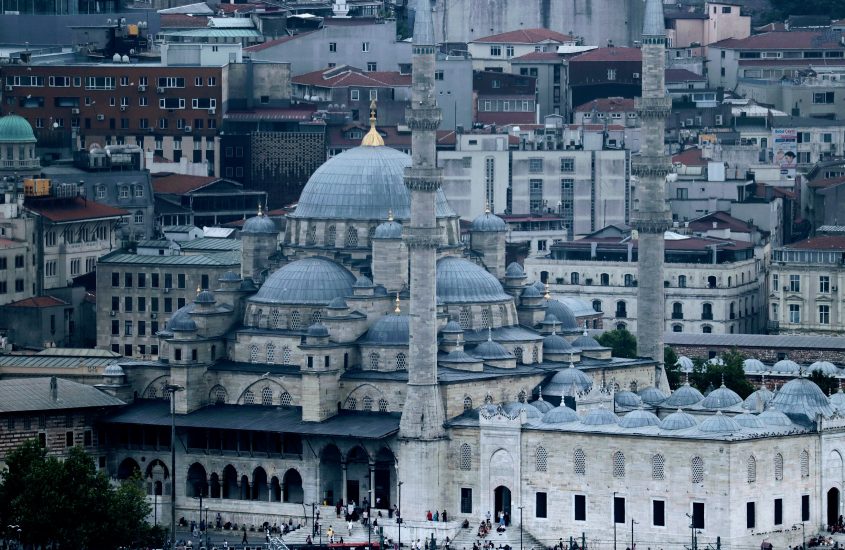
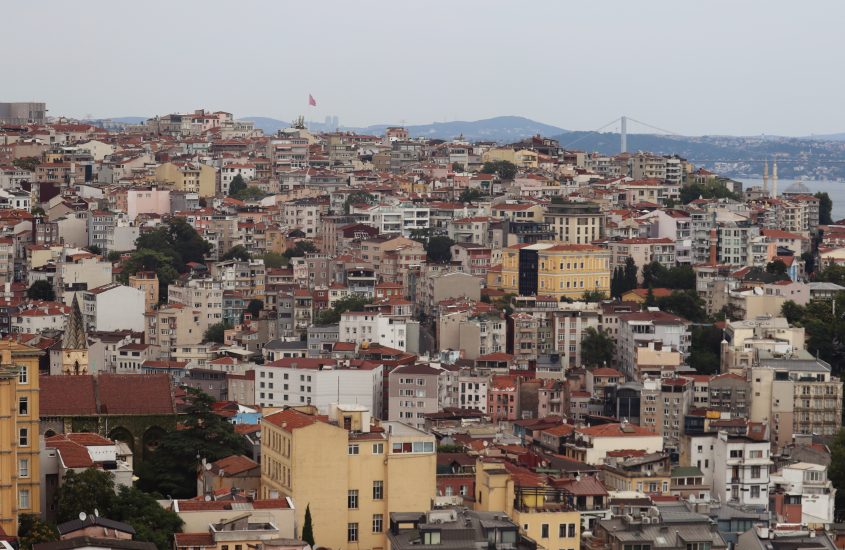
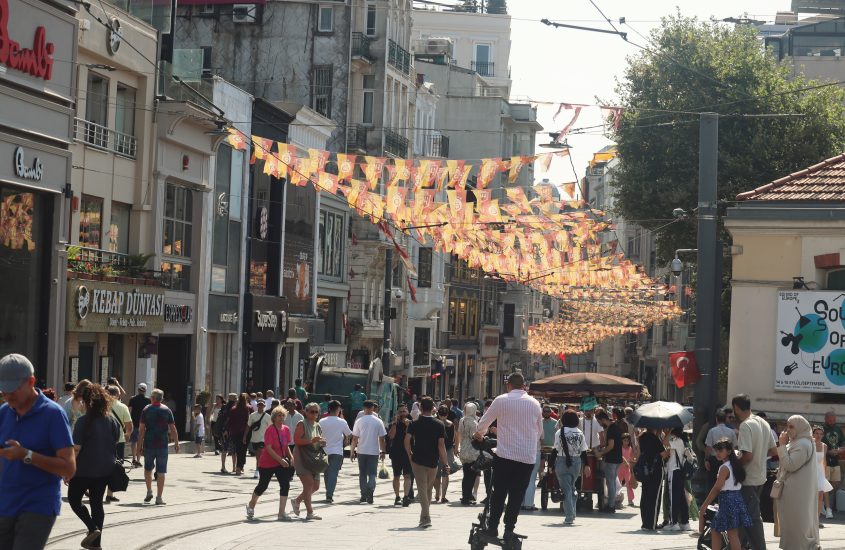
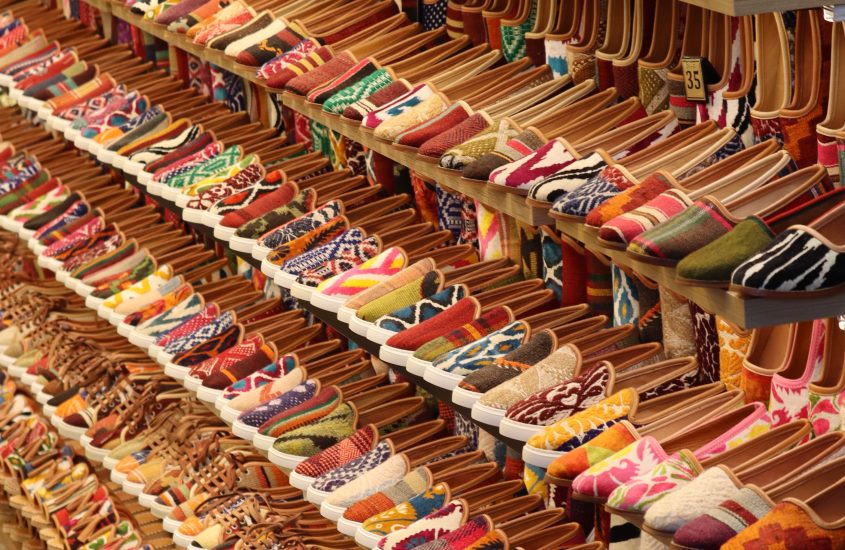
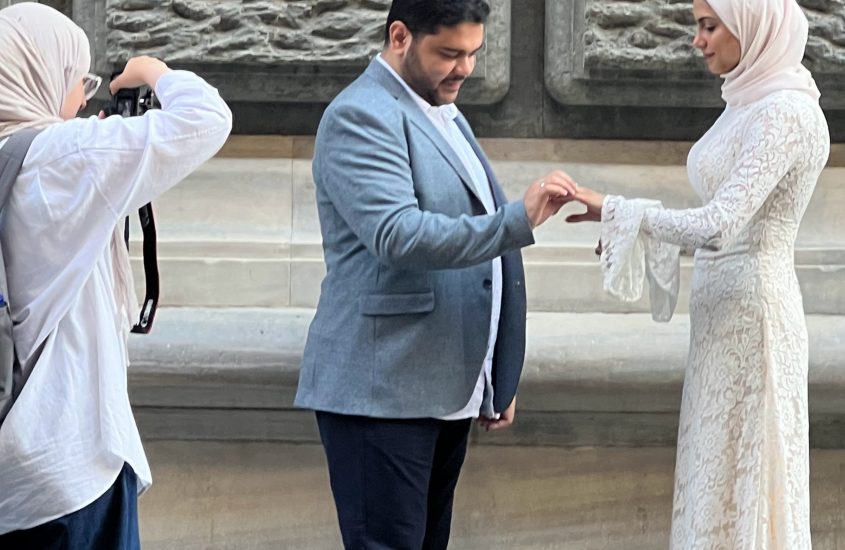
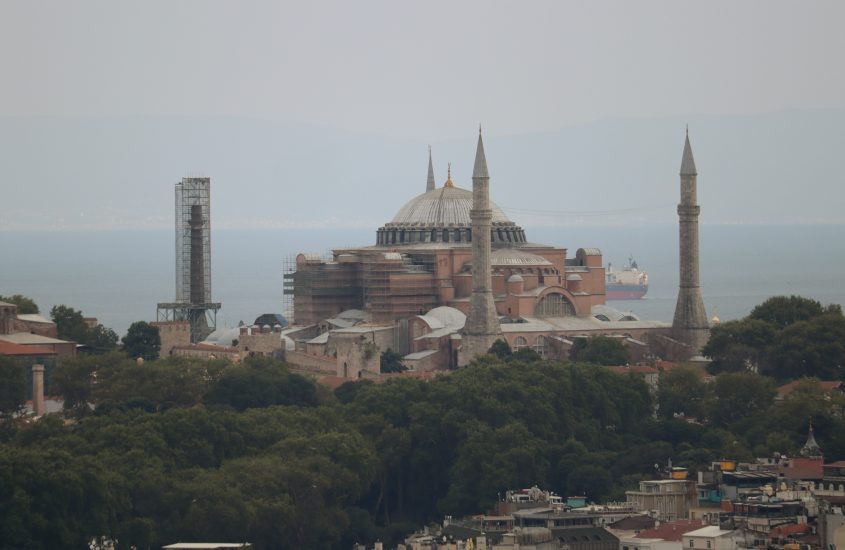
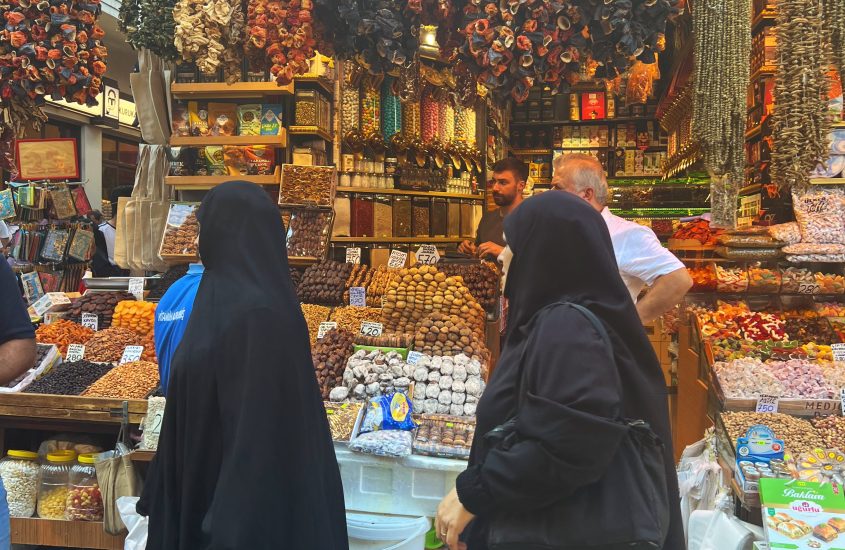
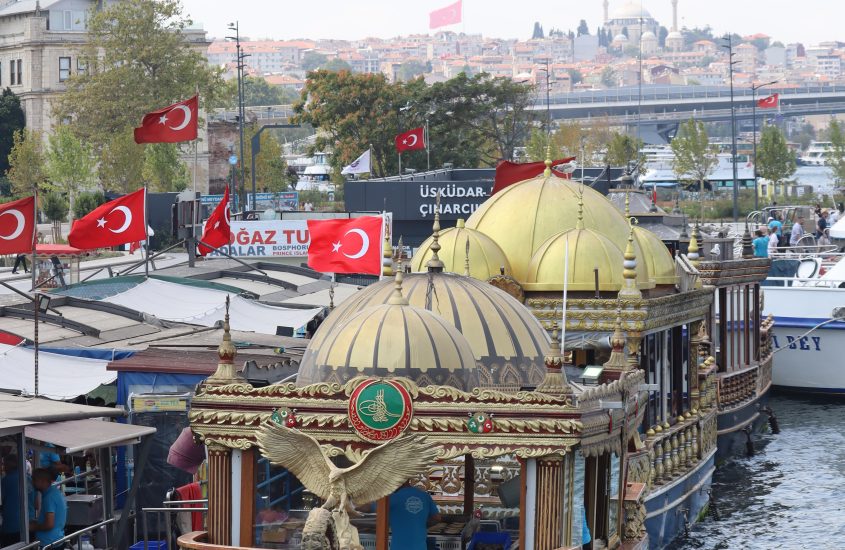
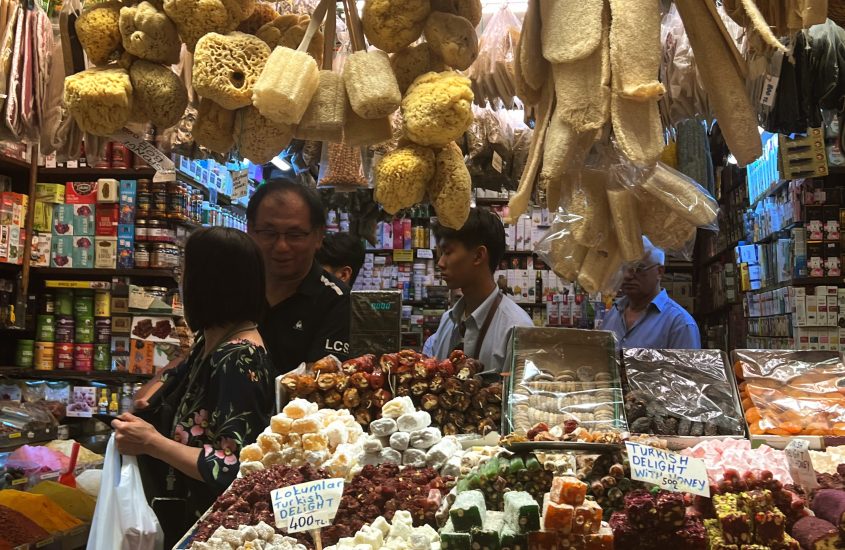
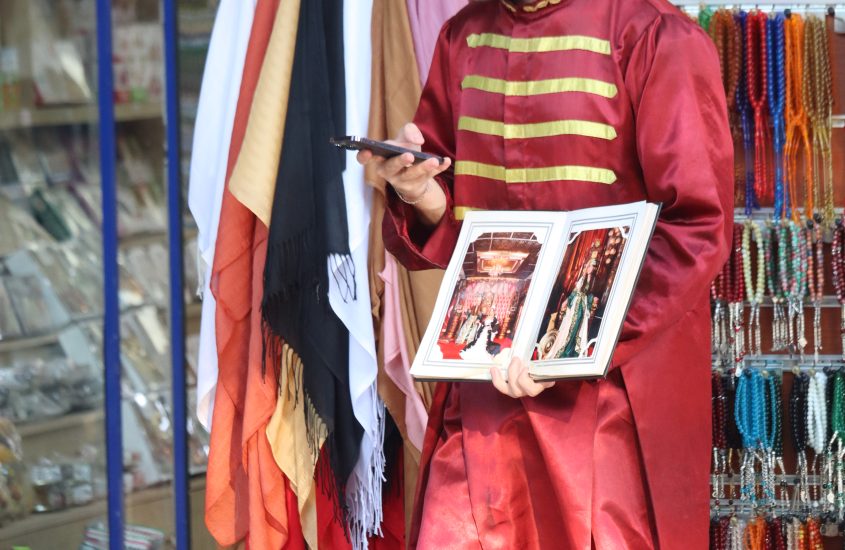
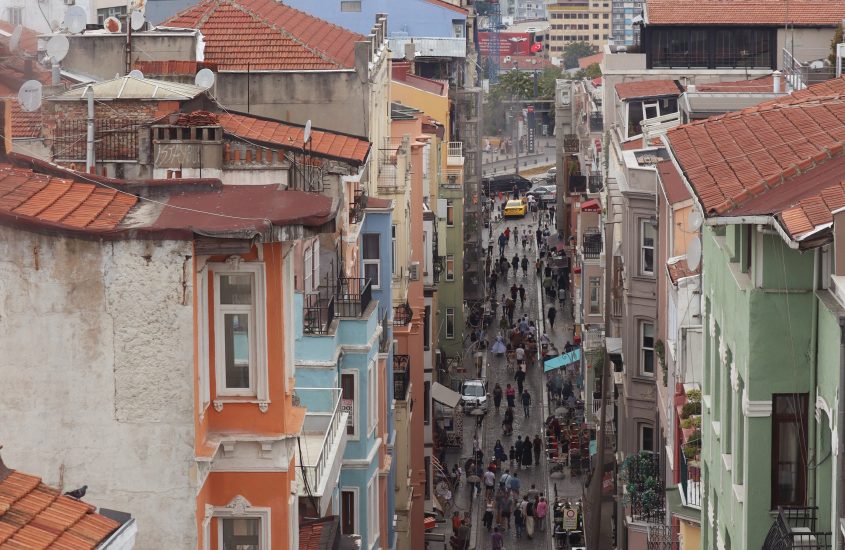
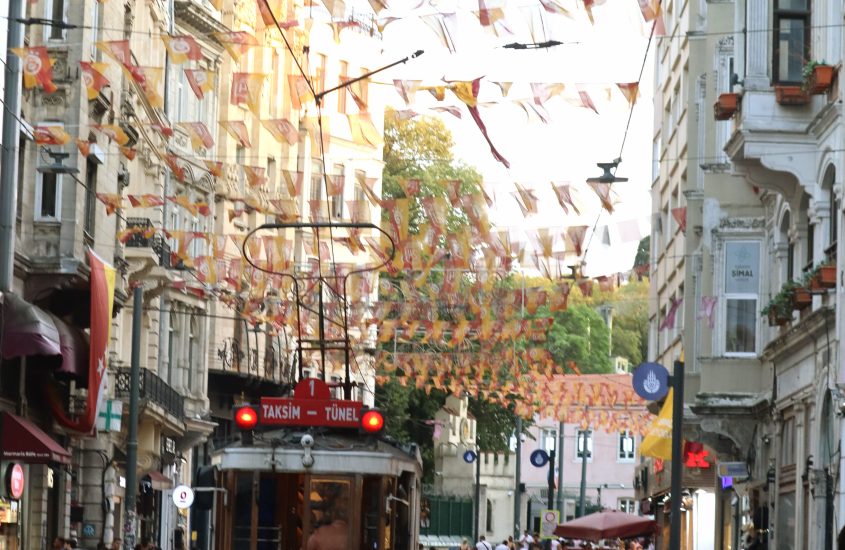
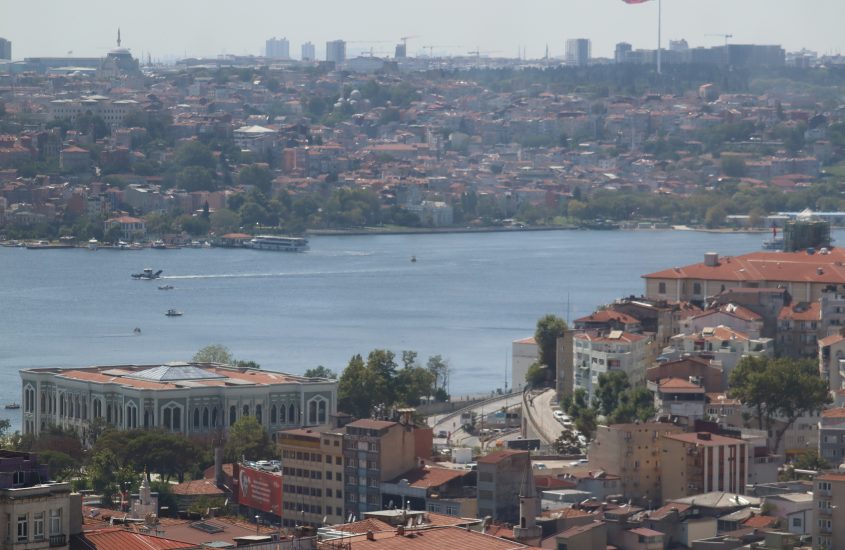
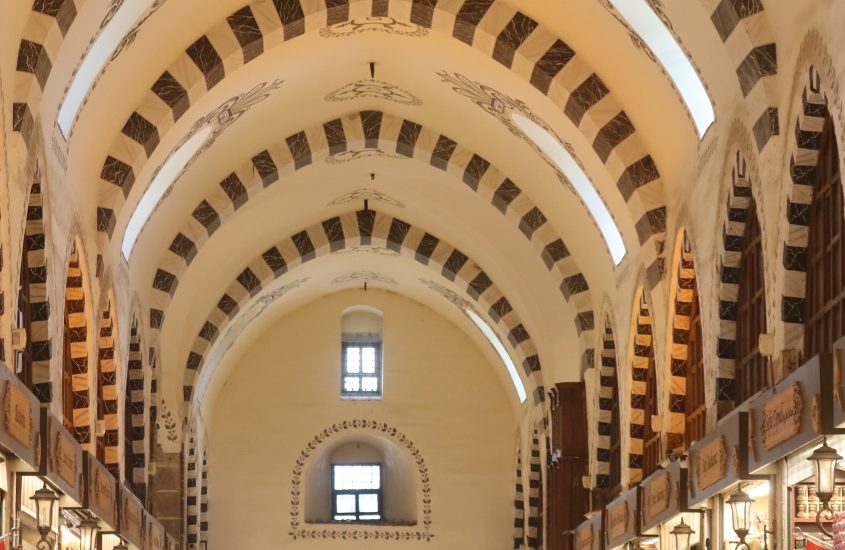
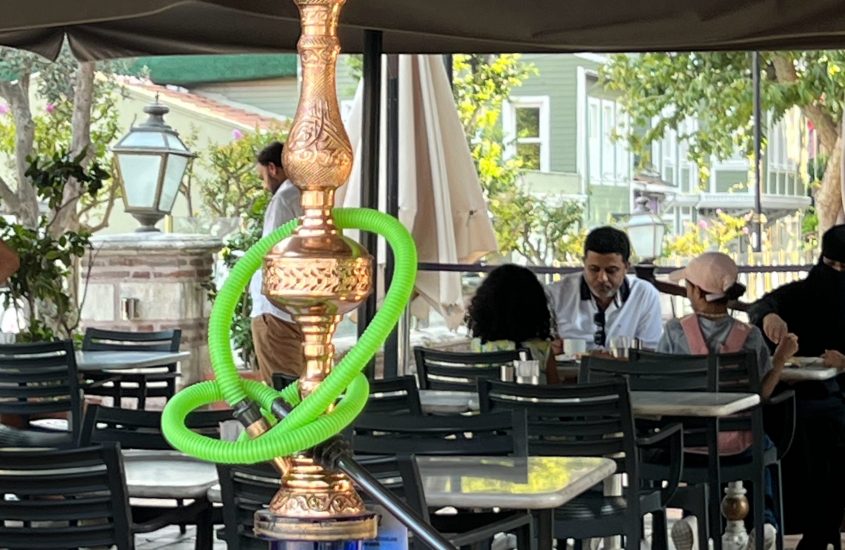
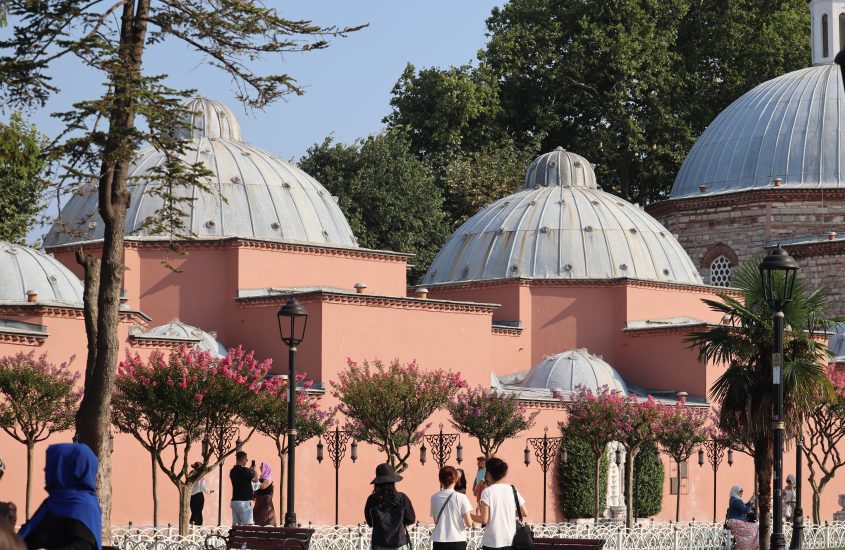
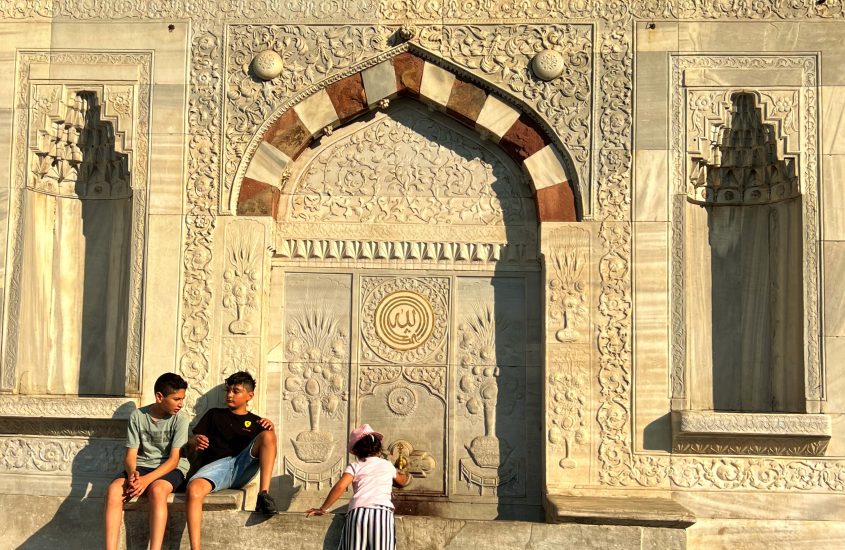
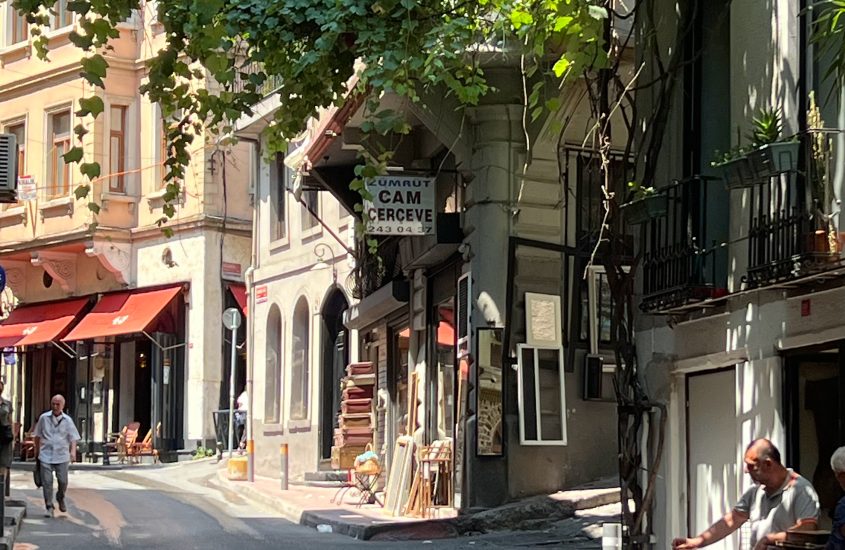
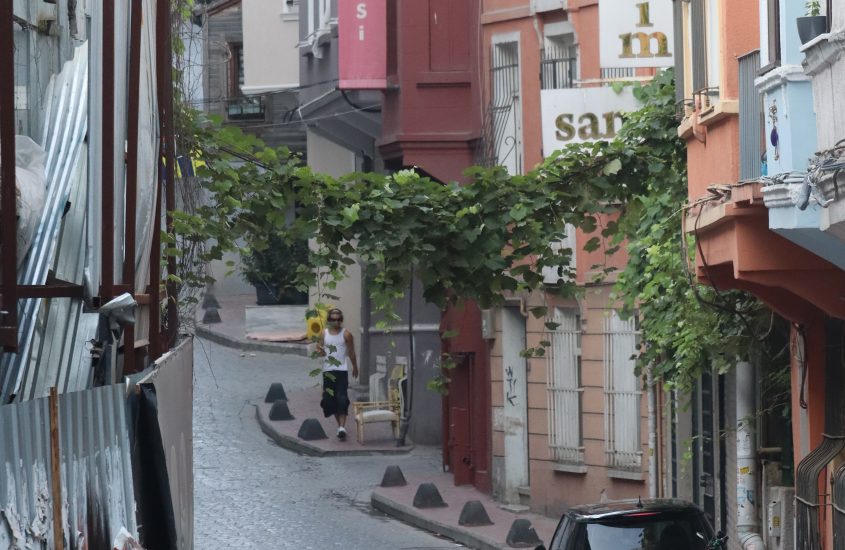
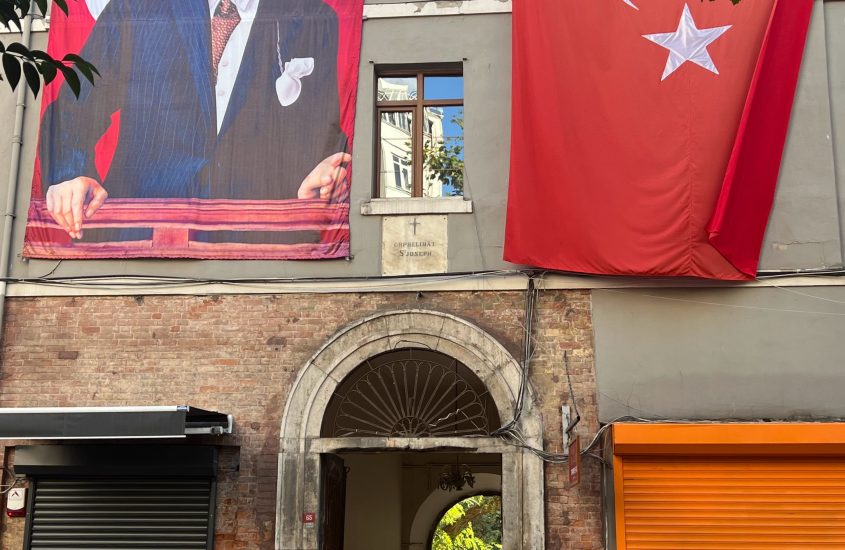
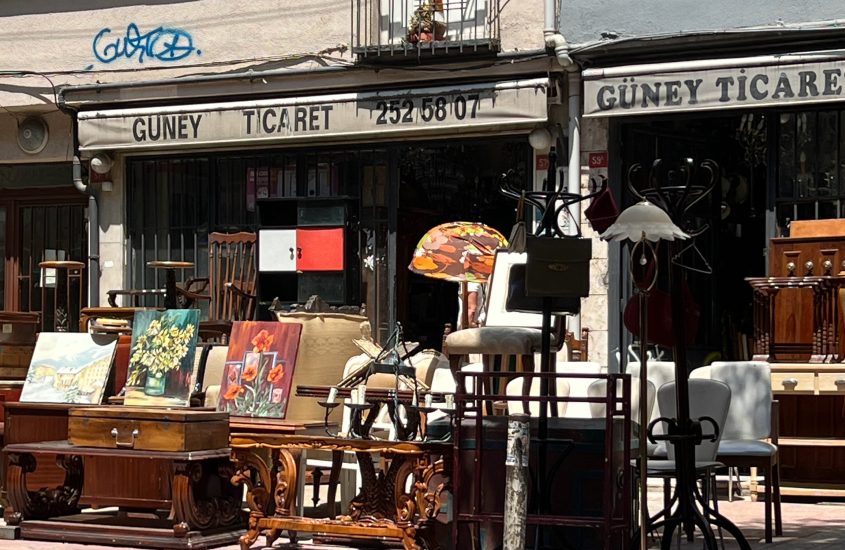
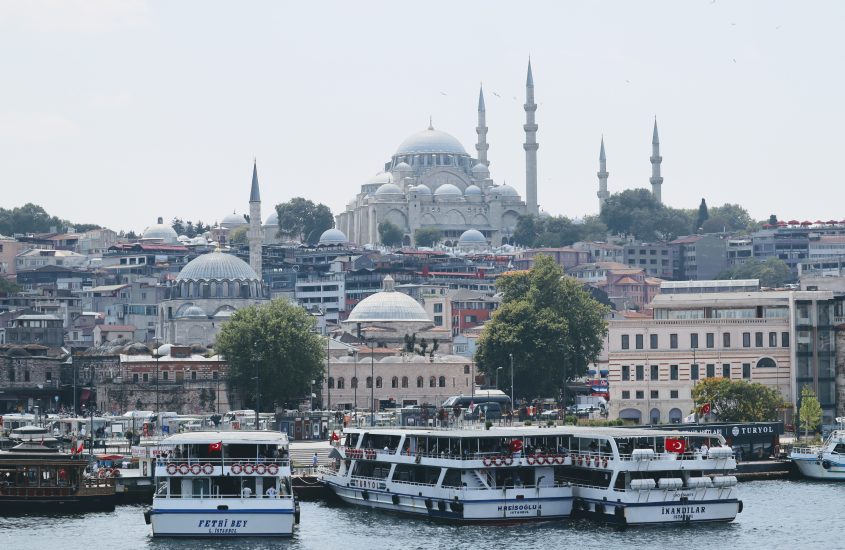
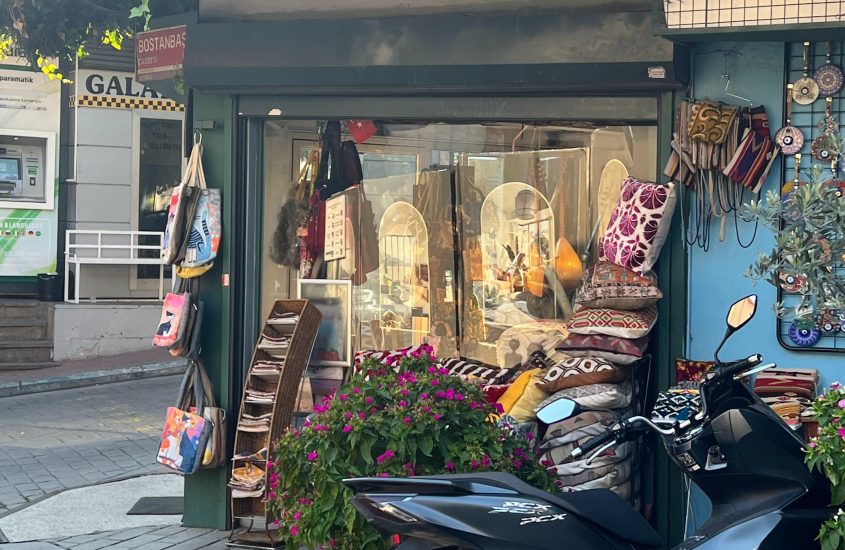
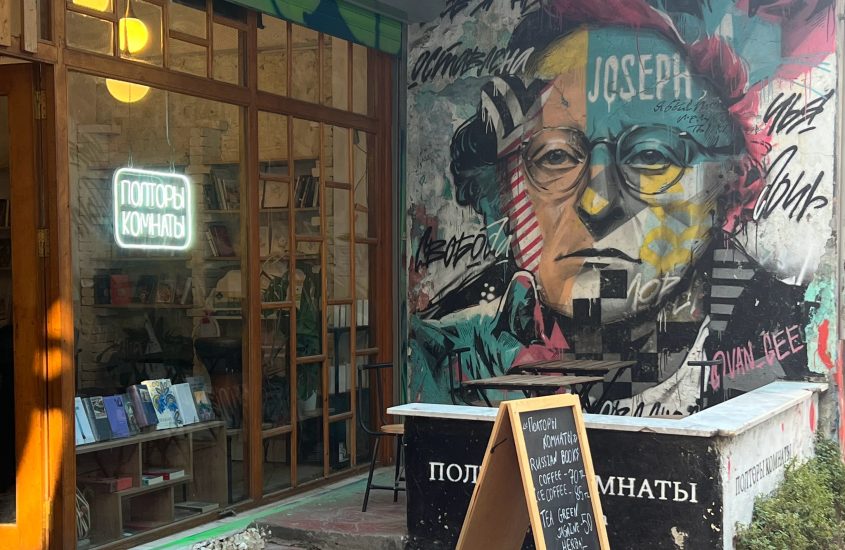
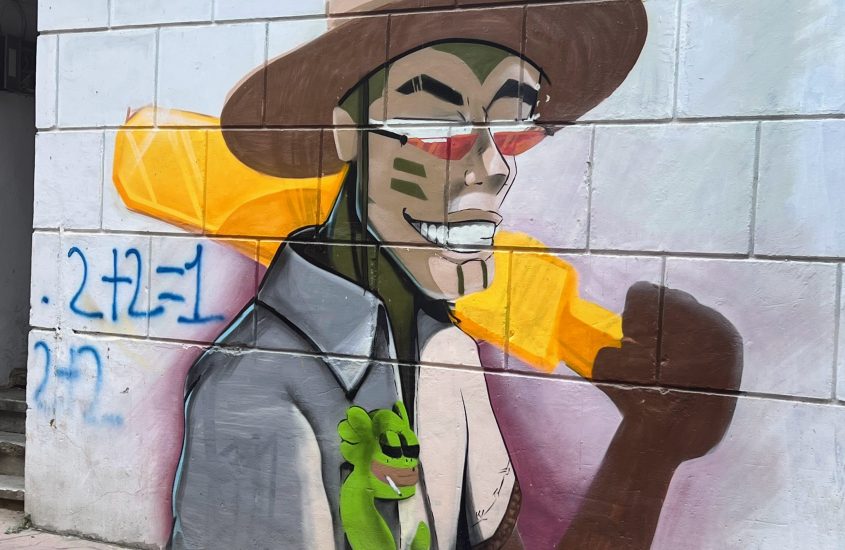

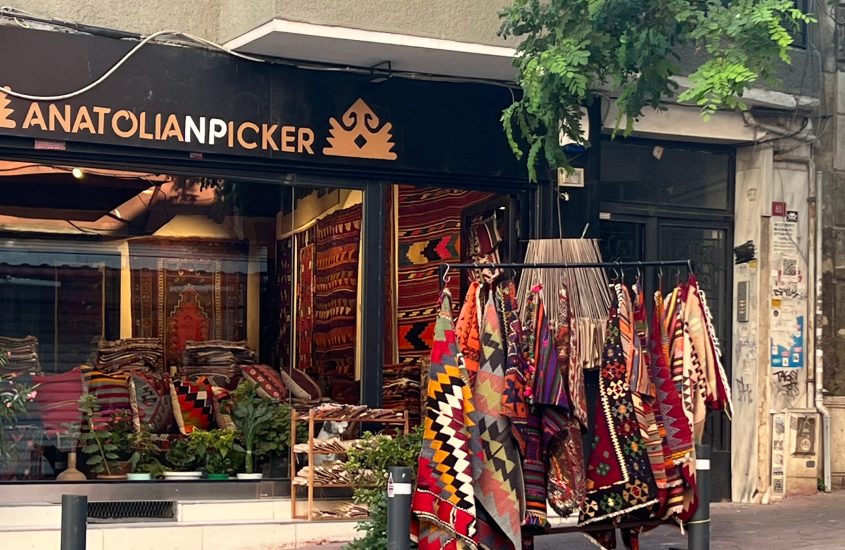
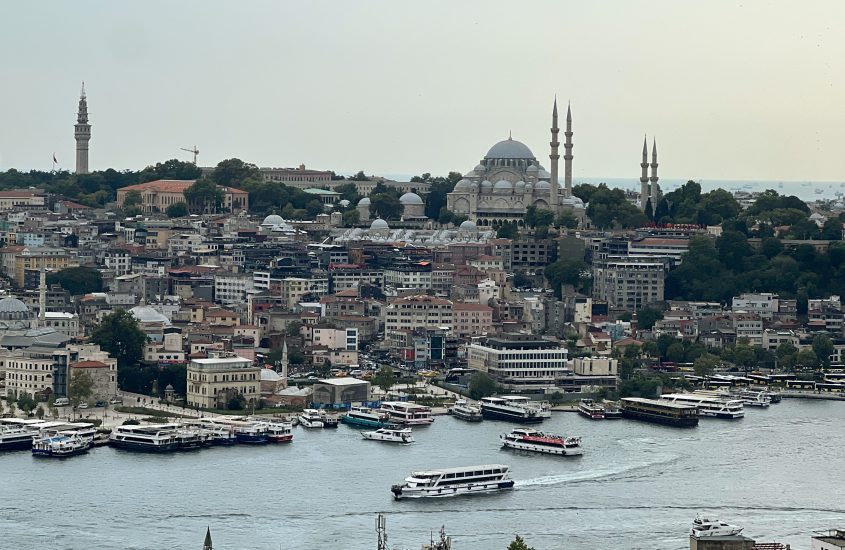
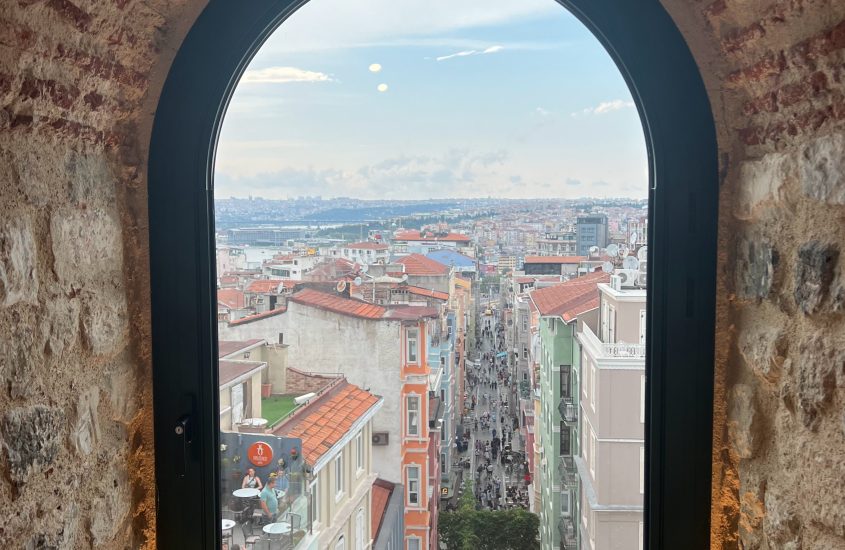
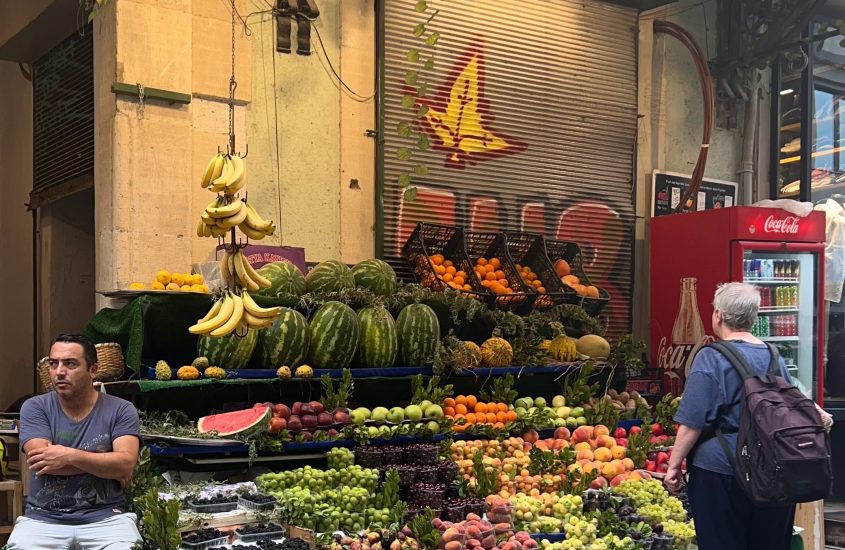
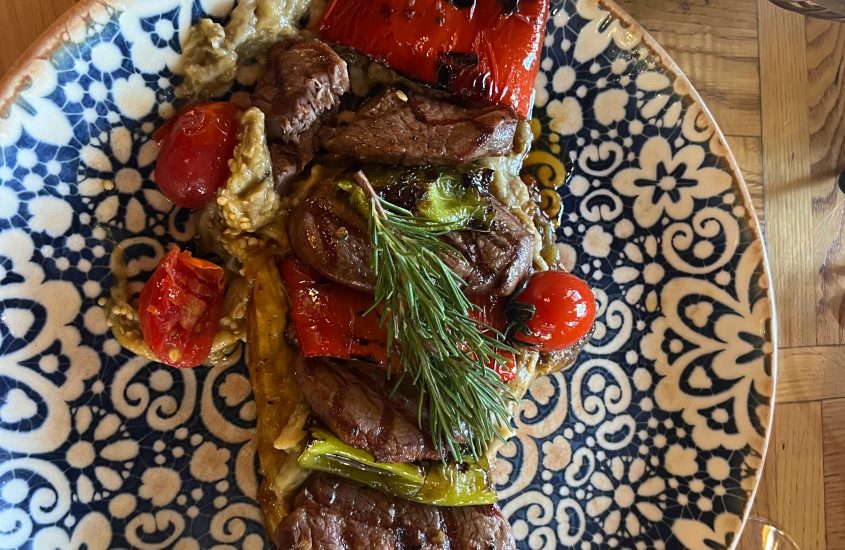
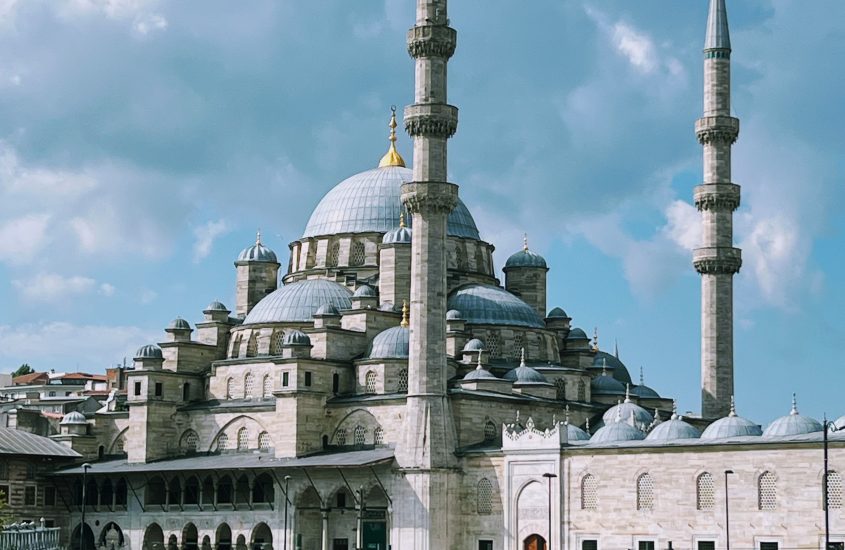
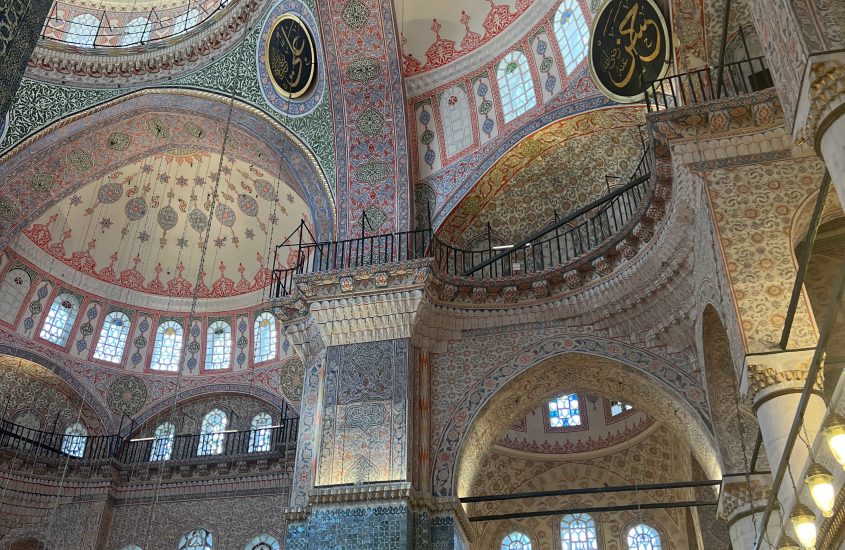
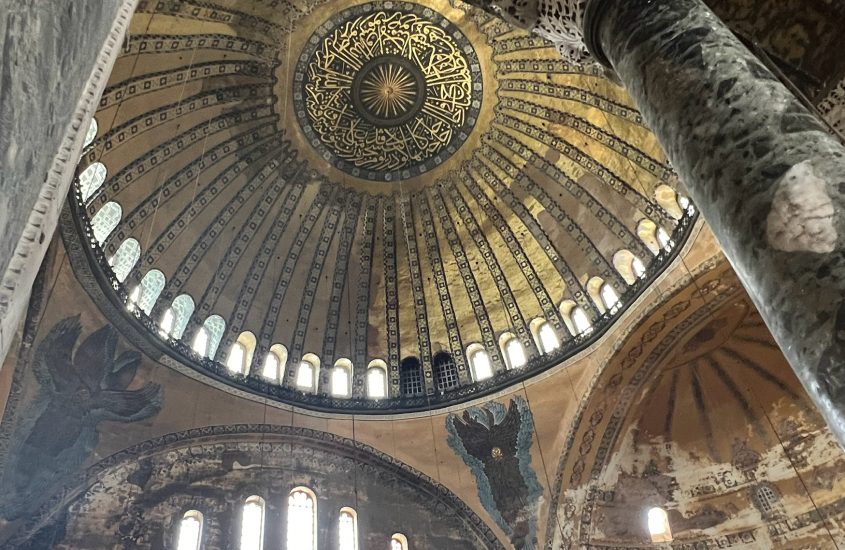
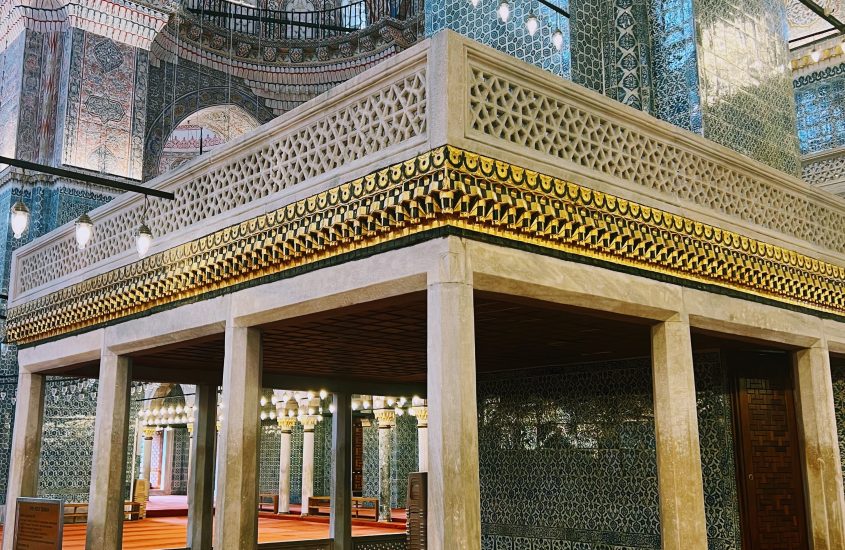
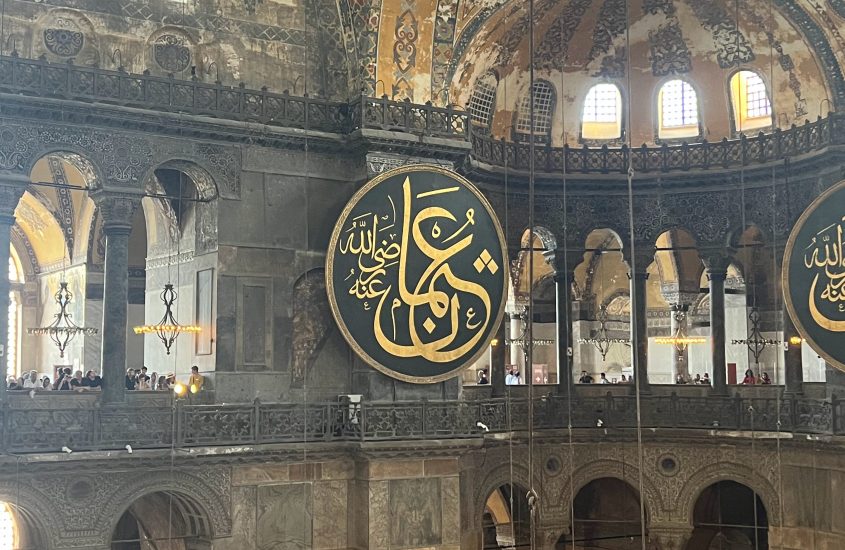
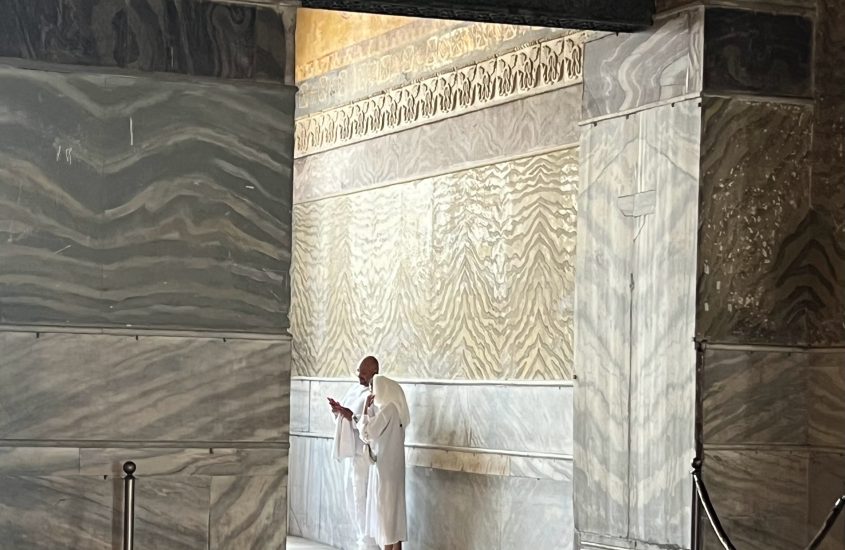
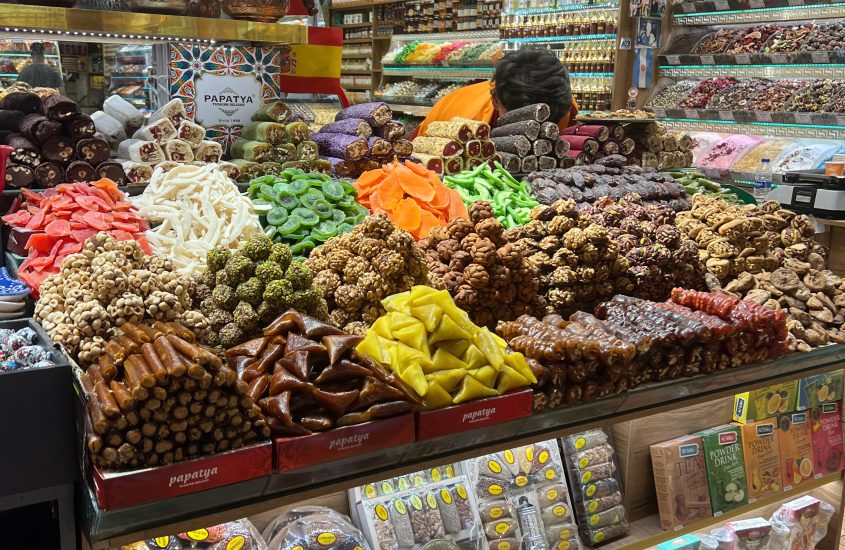
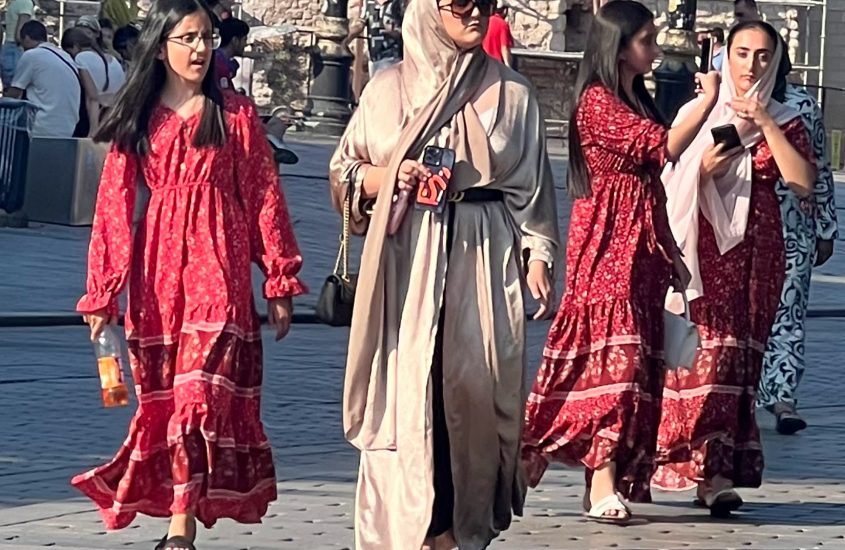
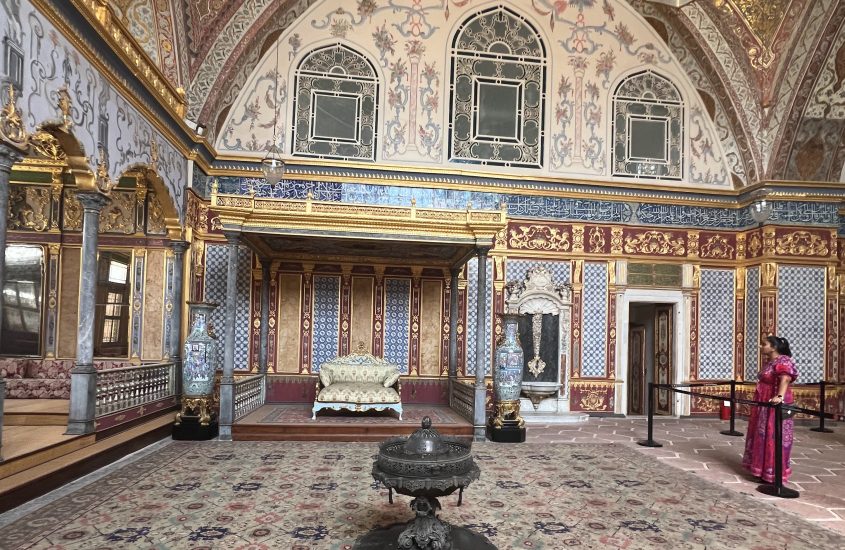
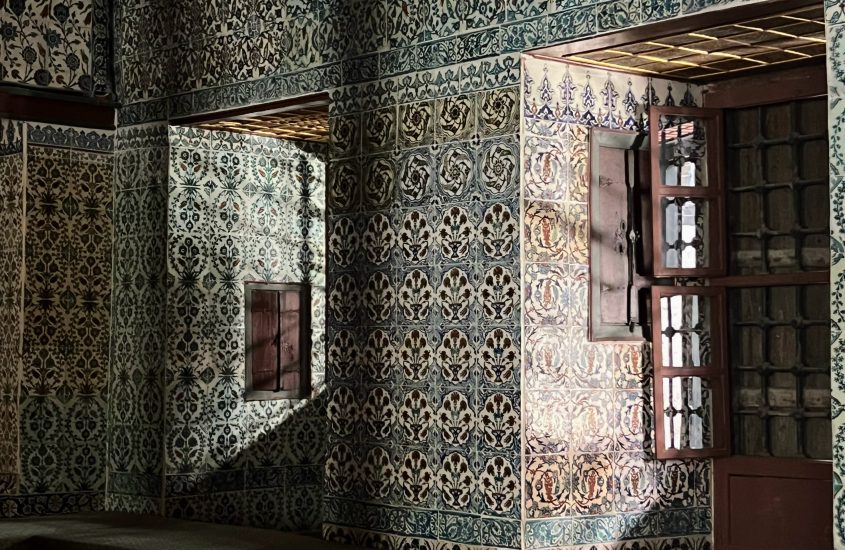
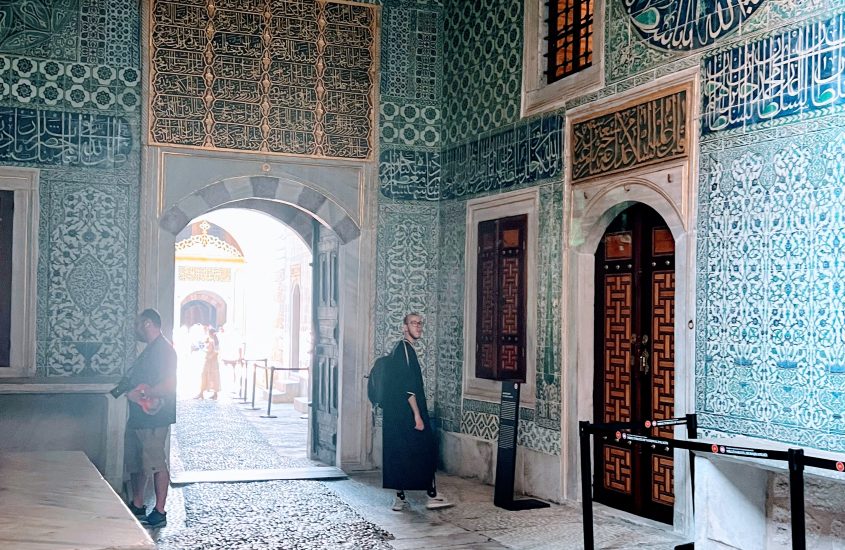
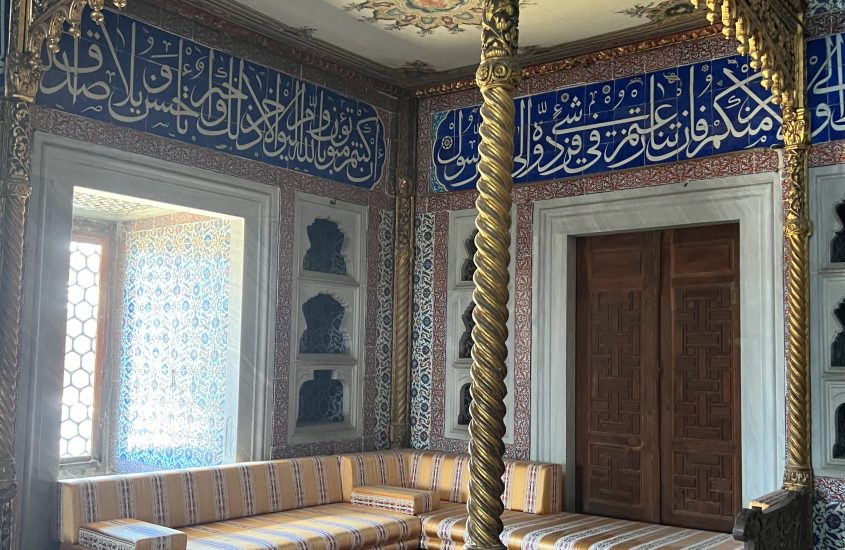
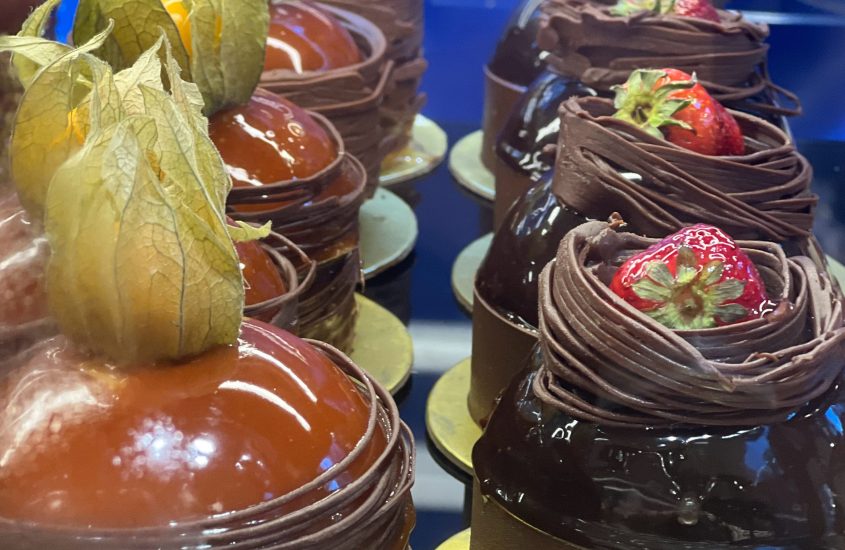
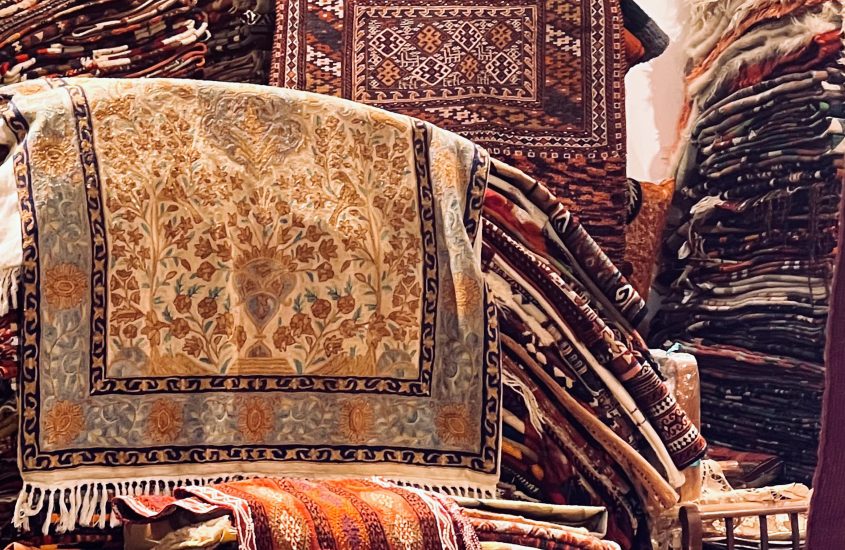
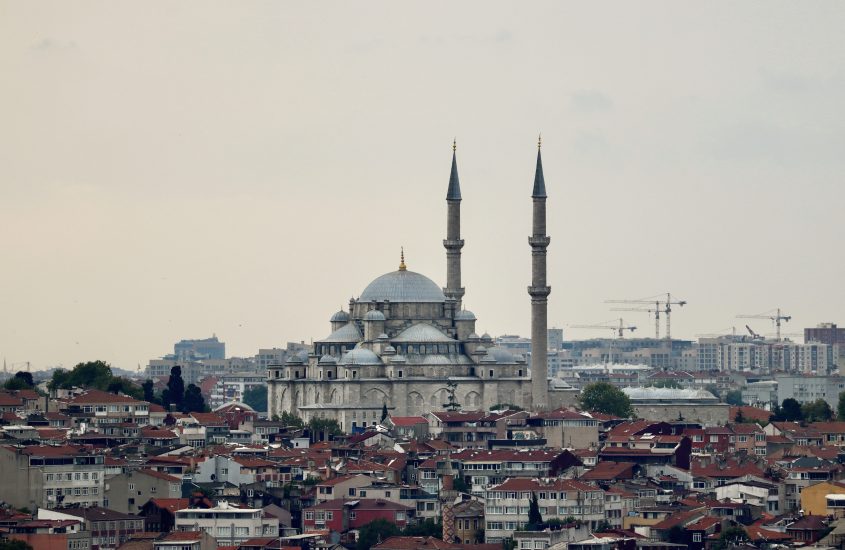
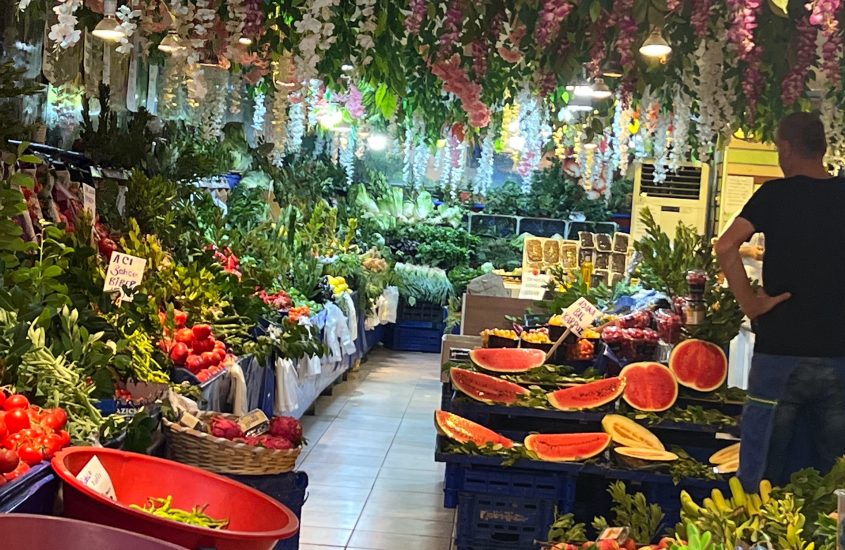
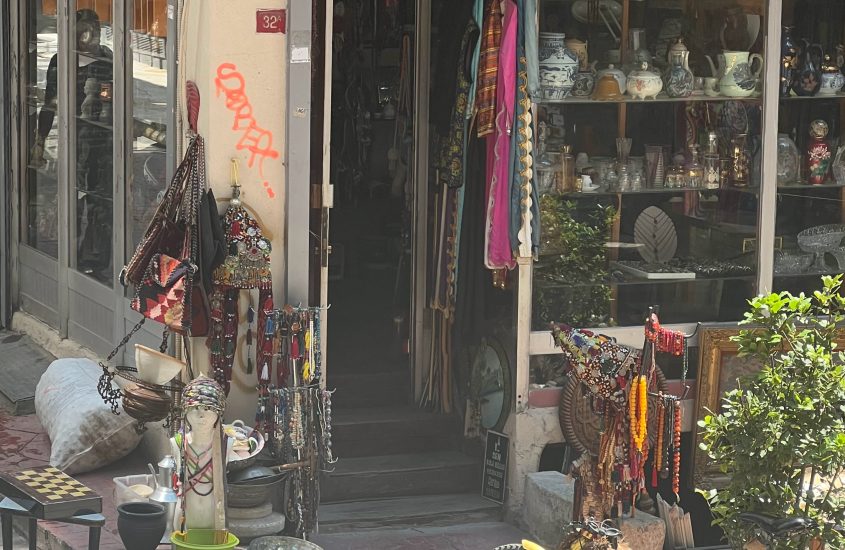
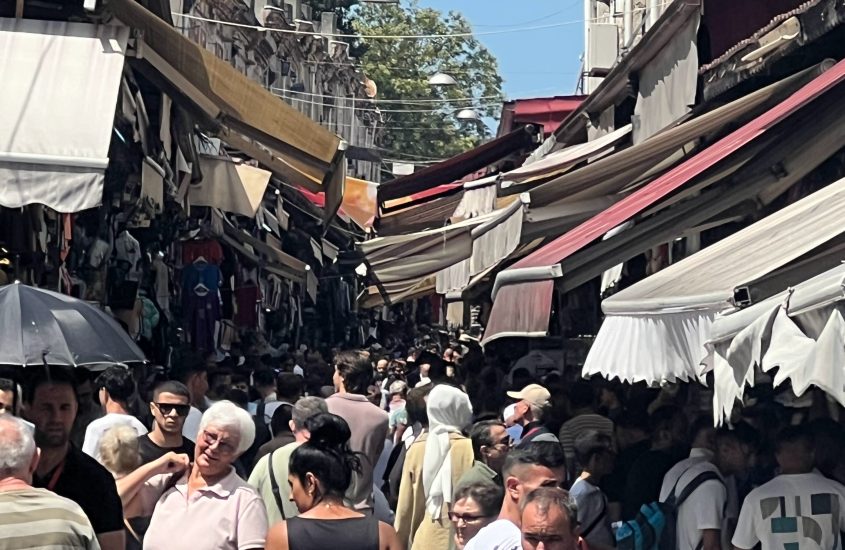
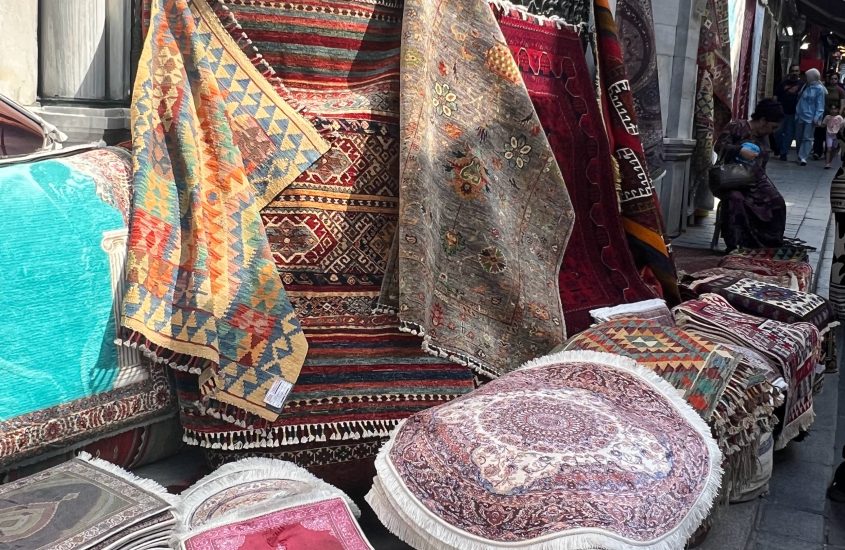
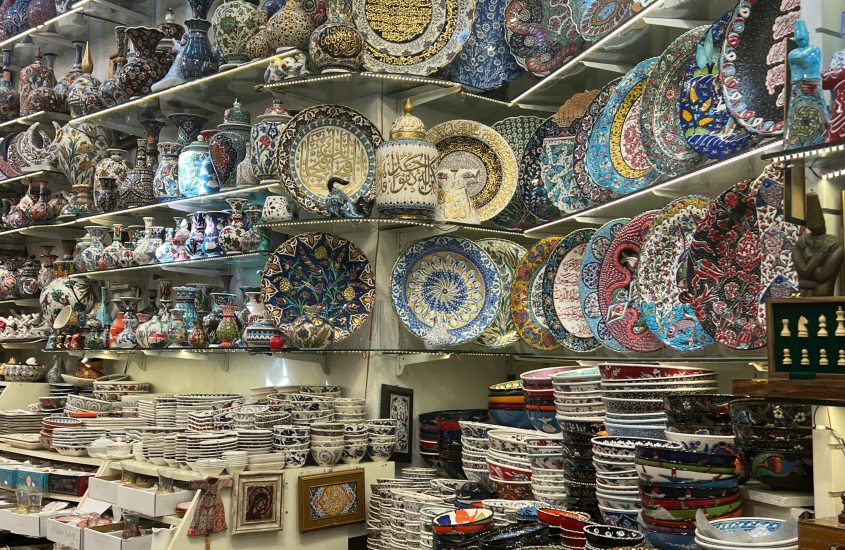
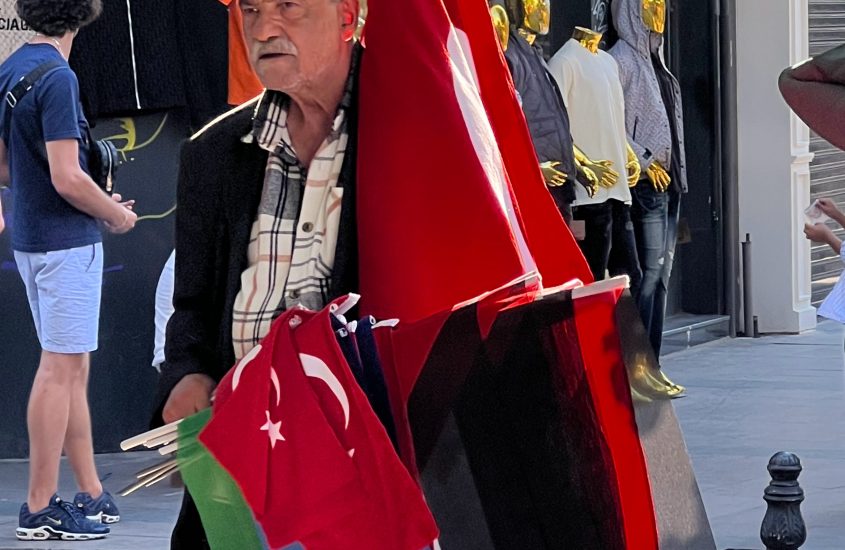
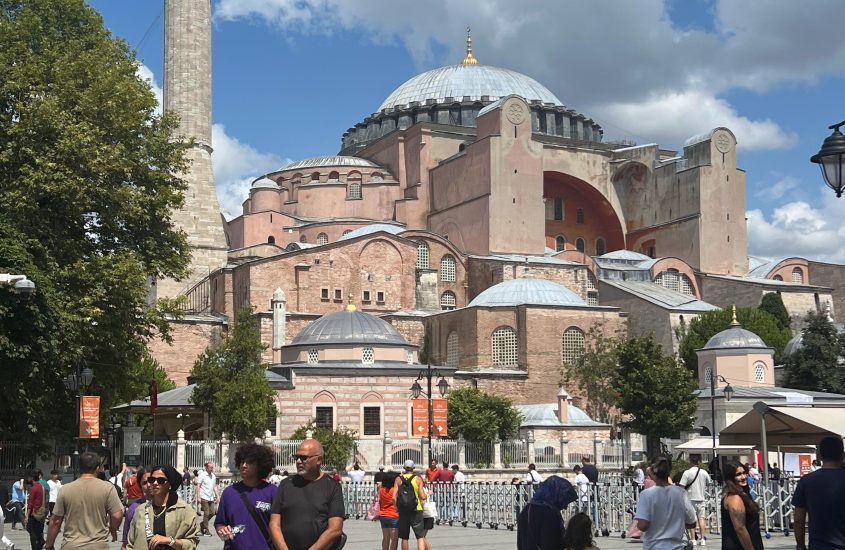

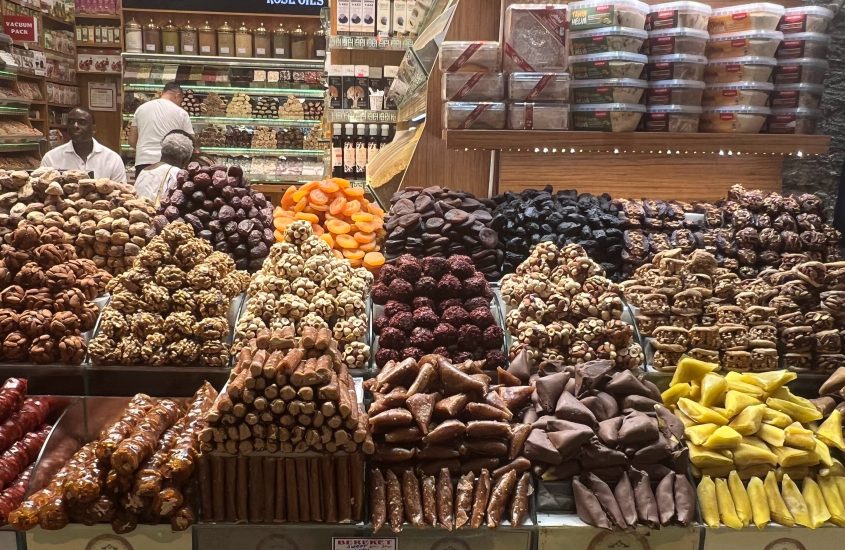


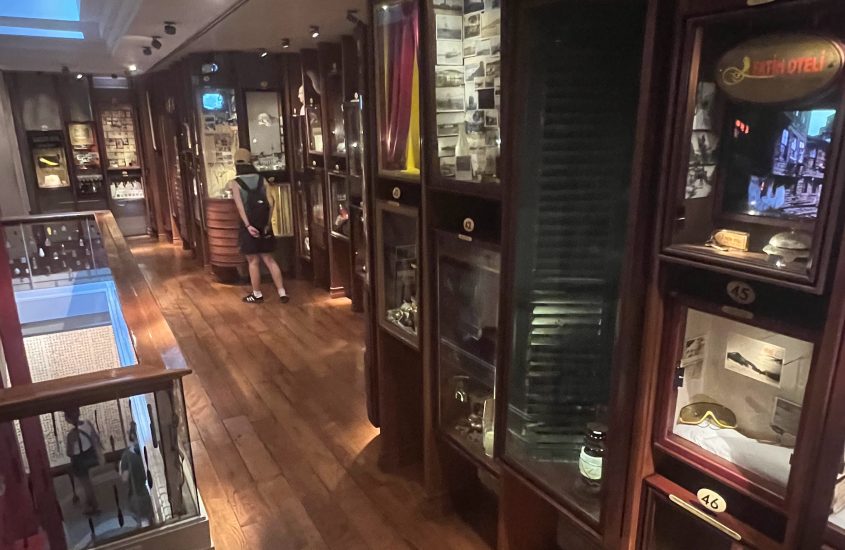
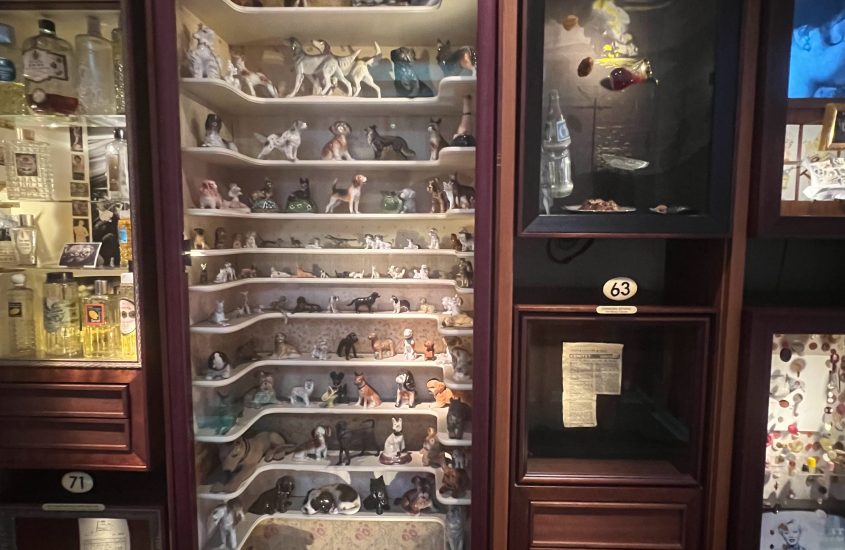

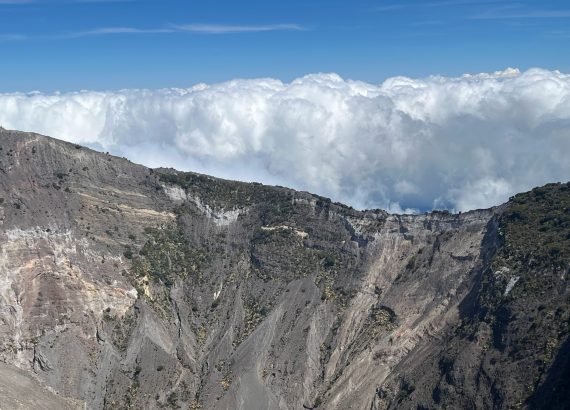
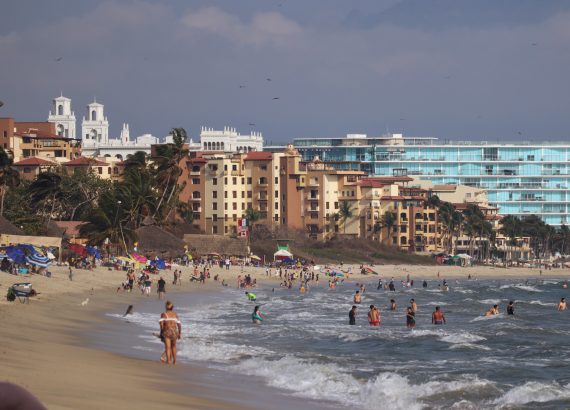
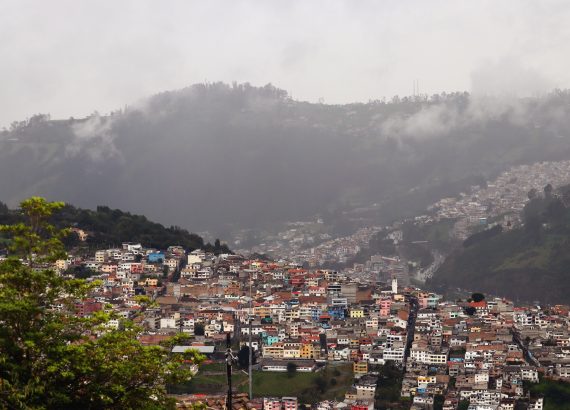
No Comments